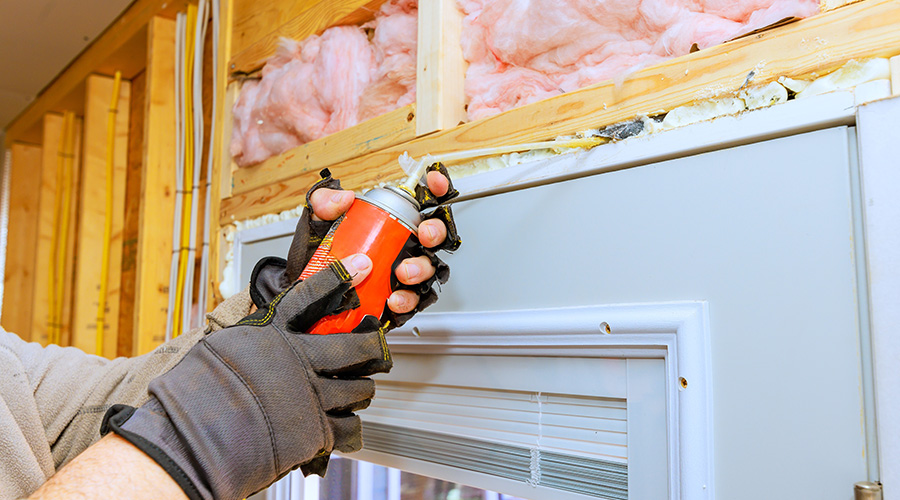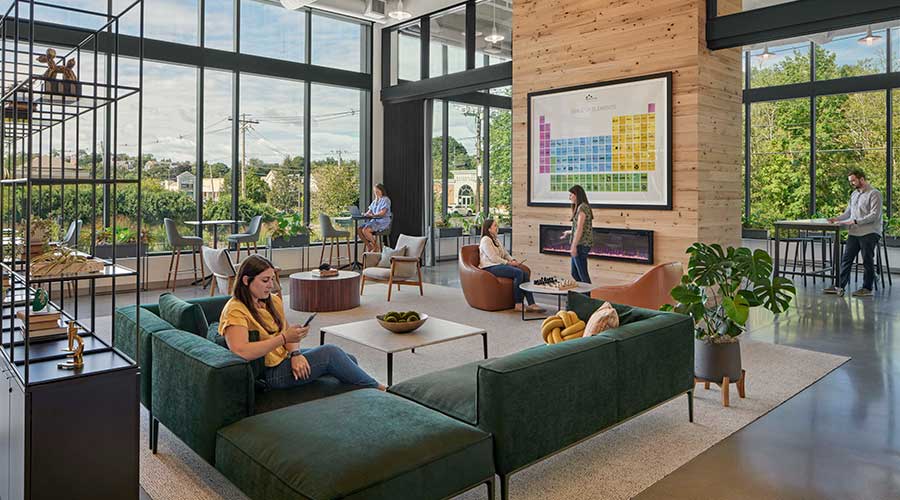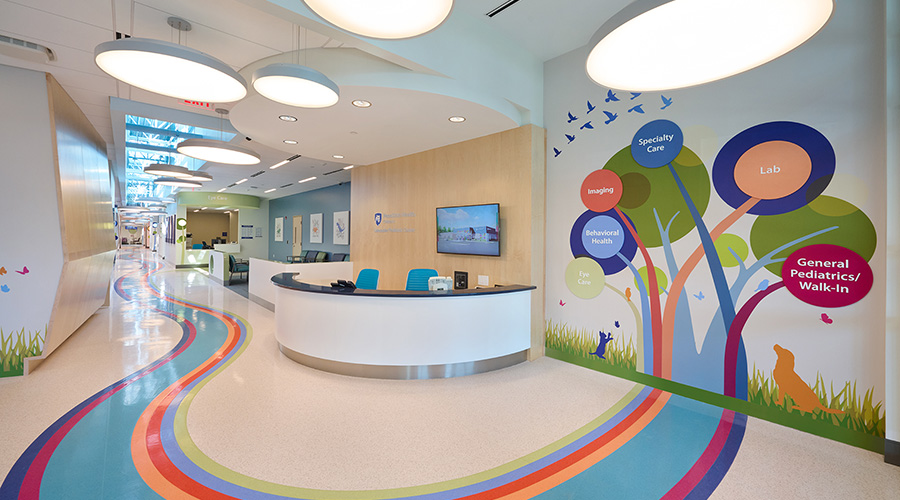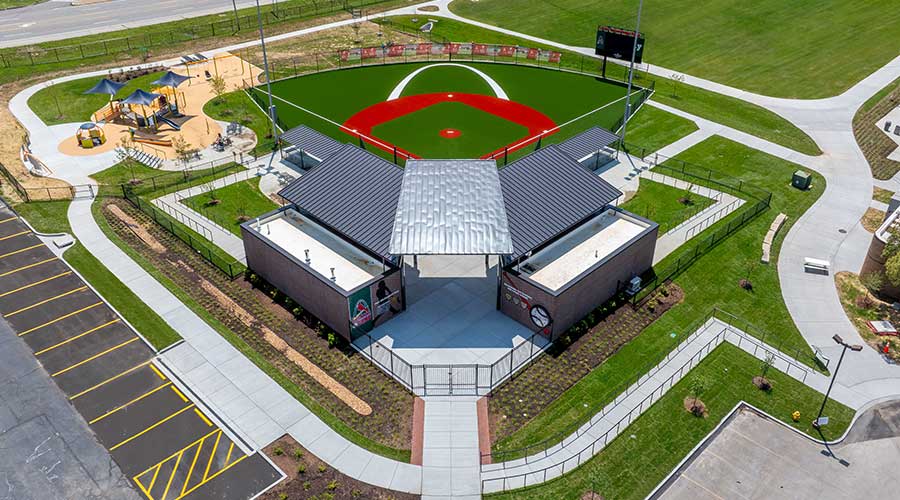What to Consider When Weather Proofing Buildings
It is essential that all weather conditions are considered when building a new healthcare facility
By Sara Myers-Hogshead, Contributing Writer
When designing facilities, architects and managers must think about possible weather conditions in the area when preparing concepts and layout plans. Hospitals and other healthcare facilities carry a higher risk to the vulnerability of their occupants, so it is important that resiliency be maintained by code.
“Along with the owner's insurances and other factors, there are certainly a multitude of factors that determine the sort of level that we're designing to,” says Dan DeWeese, architect for Lawrence Group. “What the code says versus what the owner's regulations or requests might be, is something that we always have to weigh and determine their correct outcome for the project.”
Hospitals are able to cancel or postpone non-emergency procedures during times of extreme weather, but they can never fully shut down. Patient safety needs to be considered at all times, especially if they need to be relocated due to extreme weather events. During the construction phase, it is essential that designers consider all elements of weatherproofing so that patients don’t get harmed.
“They have to continue to operate. They have to be ready for emergencies or any sort of community event, to be able to handle that,” he says. “And then maintaining the continuity of patient care is essential for that.”
While in the early stages of constructing Health First’s Cape Canaveral Replacement Hospital, located in Merritt Island, Florida, took extreme weather events into consideration. DeWeese and his team moved the building about four miles inland. The team had to think about potential climate change, a sea level rise threat and what a storm surge would do if there were a hurricane that presented itself in inclement weather.
“As we've seen over the recent years with the increased severity of hurricanes, as well as just the aging infrastructure of their hospital, they ran into issues, and they wanted to make a move or change the location of their current facility,” he states. “The owner and the design team did a study with our civil engineers to show the probability of certain hurricanes based on where they're at, what the paths might be, and what some potential scenarios were going to look like. We looked at some of the worst-case recommendations there and decided to elevate the entire building and the whole site so that it was up out of that flood risk.”
DeWeese and his team looked at different wind speeds and what wind exposure might be, then worked with a structural engineer to design a building that would withstand the owner’s regulations. The hospital wanted to be able to maintain operations through a category four hurricane; however, they may choose to evacuate in that scenario if the facility is able to.
When designing a healthcare facility, DeWeese suggests looping in local jurisdictions to aid in efforts. This includes fire community operations, community emergency services, and all different utilities for water and electric organizations.
“They're trying to figure out the most resilient way to design those systems,” he says. “There was a conversation between all of those entities to find the right solution for this facility.”
DeWeese worked on a rural hospital in Kansas which was prone to tornadoes. His team had to create tornado-safe blocks of space and reinforced rooms so the facility could move all patients if needed.
For DeWeese, it was interesting to investigate the potential wind speeds and what can possibly happen after a major weather event takes place. He summarizes that keeping people safe and the facility running to continue to care for patients and serve the community is the most important.
“We spend a good amount of time having conversations with the owner, spending time with the site if they have an existing facility,” he says. “Part of our process usually involves conversations with the staff, with the community, hearing and taking in what they might want or what they need for the facility.”
Sara Myers-Hogshead is a freelance writer based in Loves Park, Illinois.
Related Topics:












